-
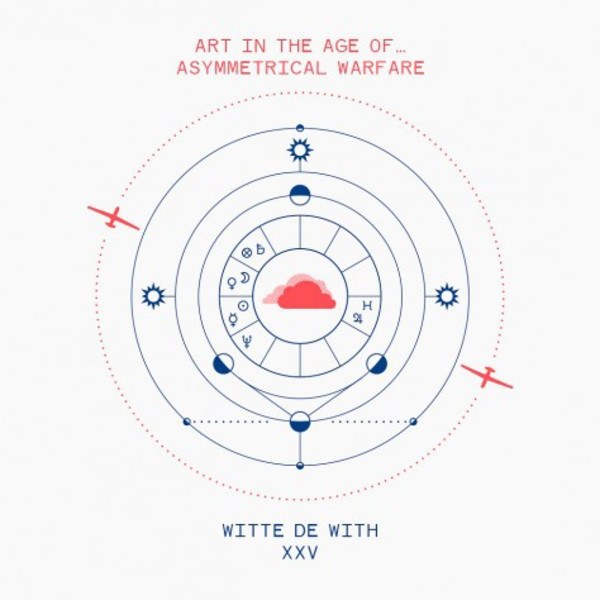
John Gerrard: Art In The Age Of...Asymmetrical Warfare at Witte de With, Rotterdam
John Gerrard: Art In The Age Of...Asymmetrical Warfare
September 11, 2015 - January 3, 2016
Witte de With, Rotterdam
-
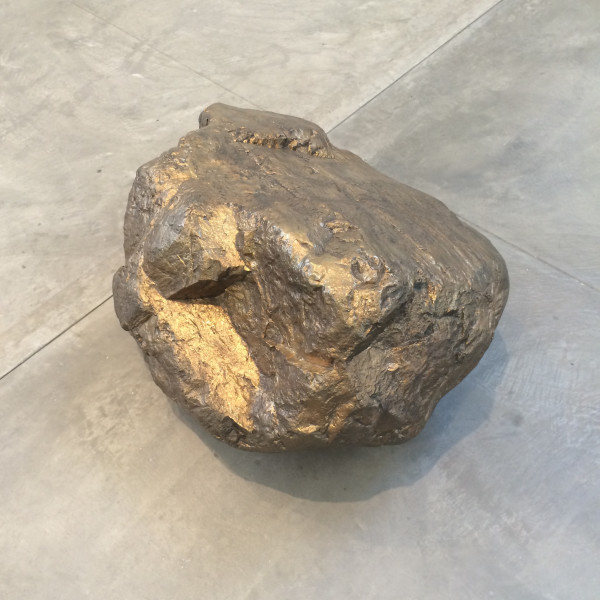
Anya Gallaccio: Museum of Contemporary Art San Diego
Anya Gallaccio: Museum of Contemporary Art San Diego
July 17 - November 1, 2015
Museum of Contemporary Art San Diego Downtown, Jacobs Building
-
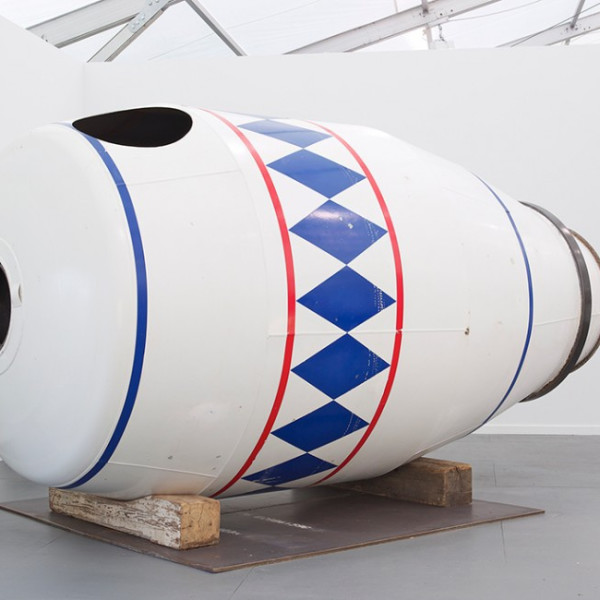
Alexandre da Cunha: MCA Chicago Plaza Project
Alexandre da Cunha: MCA Chicago Plaza Project
July 18, 2015 - July 24, 2016
Museum of Contemporay Art Chicago
-
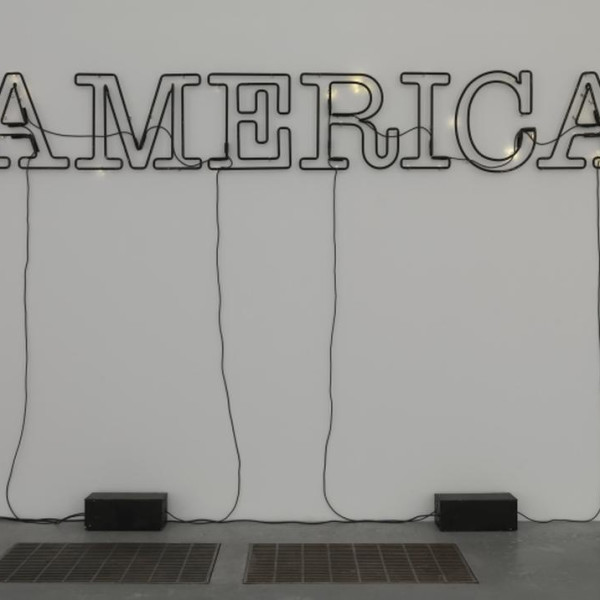
Glenn Ligon: Encounters and Collisions at Tate Liverpool
Glenn Ligon: Encounters and Collisions
June 30 - October 18, 2015
Tate Liverpool
One of the most significant American artists of his generation creates an autobiographical art history, bringing together artworks he references, and his own work.
-
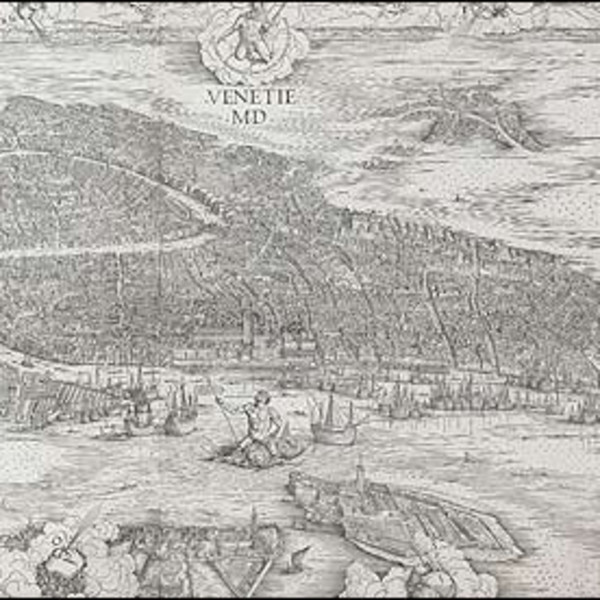
Walead Beshty, Glenn Ligon and Steve McQueen: Venice Biennale 2015
Congratulations to Walead Beshty, Glenn Ligon and Steve McQueen on their participation in
All the World’s Futures—curated by Okwui Enwezor, 56th International Art Exhibition, La Biennale di Venezia, Venice, Italy
9 May - 22 November, 2015
-
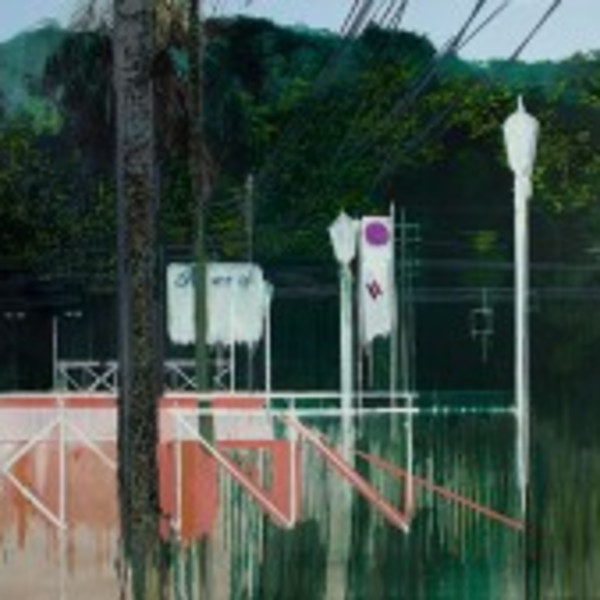
Hurvin Anderson: Poetics of Relation, Pérez Art Museum Miami
Hurvin Anderson: Poetics of Relation
Pérez Art Museum Miami
29 May - 18 October, 2015
-

Abraham Cruzvilegas and Michel François: XII Havana Biennale 2015
Abraham Cruzvillegas and Michel François
XII Havana Biennale 2015: Between the Idea and Experience
22 May - 22 June, 2015
-
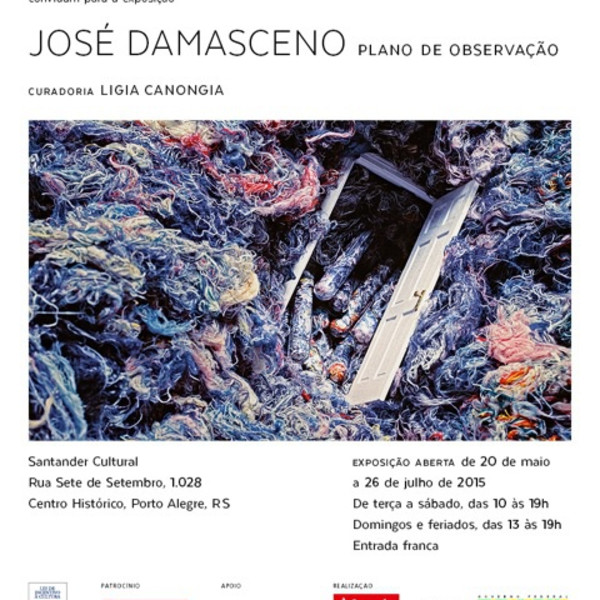
José Damasceno: Plano de Observação
José Damasceno: Plano de Observação
Santander Cultural, Rio Grande do Sul
20 May - 26 July, 2015
-
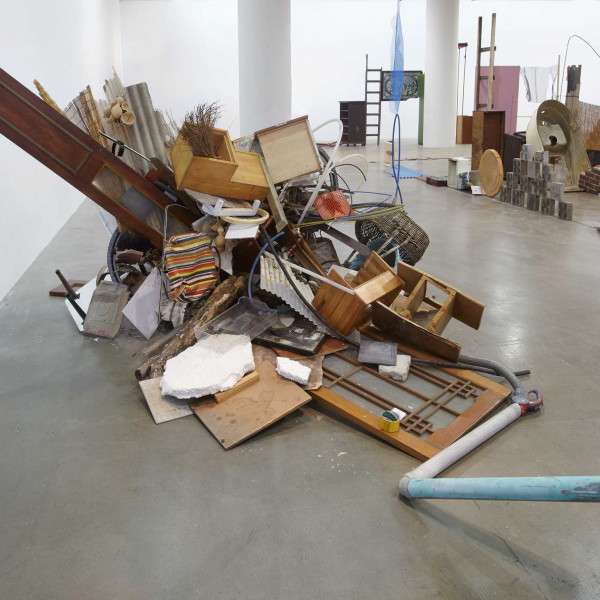
Abraham Cruzvillegas: Autodestrucción8: Sinbyeong at Art Sonje Center
Abraham Cruzvillegas: Autoconstrucción8: Sinbyeong
Art Sonje Center, Seoul
11 April - 26 July, 2015
-
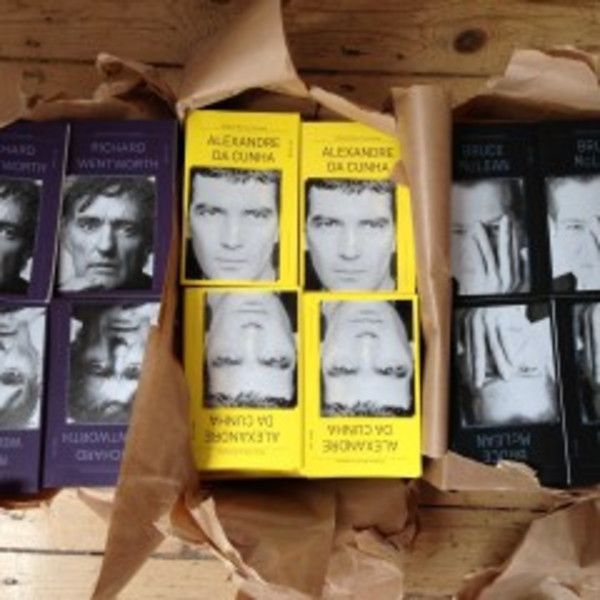
Alexandre da Cunha: Drawing Room Confessions Issue #10, Book Launch
Drawing Room Confessions presents: Issue #9 Bruce McLean, Issue #10 Alexandre da Cunha and Issue #11 Richard Wentworth.
A Book Launch.
Wednesday, 15 April, 7-8pm
David Roberts Art Foundation
Symes Mews
London NW1 7JE
Page
66
of 75
